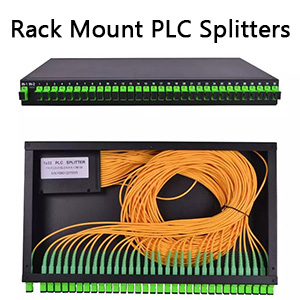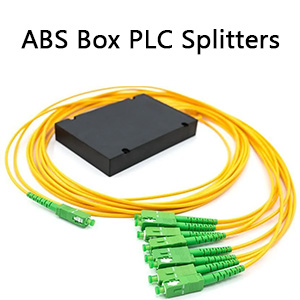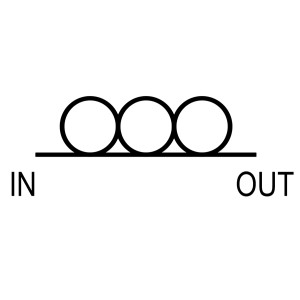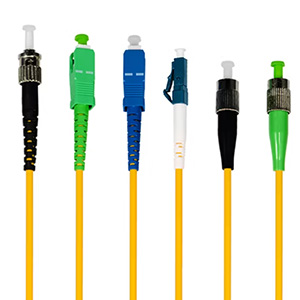In the vast and intricate world of photonics, optical isolators stand out as vital components, ensuring the smooth operation of various optical systems. But what exactly are optical isolators, and why are they so crucial? Let’s dive deep into the science, functionality, and applications of these fascinating devices.
What is an Optical Isolator?
An optical isolator, also known as an optical diode, is a passive device that allows light to travel in only one direction. This unidirectional property is essential in preventing unwanted reflections or backscattering in optical systems, which can interfere with the performance of lasers and other sensitive optical components.

How Does an Optical Isolator Work?
The working principle of an optical isolator is based on the Faraday effect, discovered by Michael Faraday in 1845. The Faraday effect describes how the polarization plane of light rotates when it passes through a material under the influence of a magnetic field. Here’s a step-by-step breakdown of how an optical isolator operates:
- Polarization: Light entering the isolator first passes through a polarizer, which aligns the light waves in a specific direction.
- Faraday Rotator: The polarized light then passes through a Faraday rotator. This component, placed in a magnetic field, rotates the plane of polarization by 45 degrees.
- Analyzer: After the Faraday rotator, the light encounters an analyzer, which is oriented at 45 degrees to the polarizer. This allows the light to pass through.
- Backward Reflection: If any light reflects back towards the isolator, it undergoes another 45-degree rotation by the Faraday rotator, making a total of 90 degrees from the original polarization. The analyzer, now perpendicular to this reflected light, blocks it, preventing it from traveling back into the system.
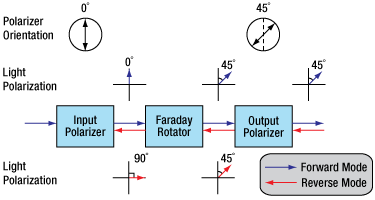
Types of Optical Isolators
Optical isolators come in various types, each suited to different applications:
- Bulk Optical Isolators: These are larger and typically used in laboratory settings or systems where size is not a constraint.
- Fiber Optic Isolators: These isolators are integrated into optical fibers, making them ideal for telecommunications and other fiber optic applications.
- Integrated Optical Isolators: These are miniaturized isolators incorporated into photonic integrated circuits, essential for compact and high-density optical systems.
Applications of Optical Isolators
Optical isolators are indispensable in a range of applications, including:
- Laser Systems: They protect lasers from back reflections that can cause instability or damage, ensuring consistent and reliable laser performance.
- Telecommunications: In fiber optic communication networks, optical isolators prevent signal degradation caused by reflections, enhancing the quality and speed of data transmission.
- Medical Devices: Optical isolators are used in medical imaging devices to improve the clarity and accuracy of images by eliminating unwanted reflections.
- Research and Development: In scientific research, optical isolators are used in various experimental setups to maintain the integrity of optical signals and measurements.
The Future of Optical Isolators
As technology advances, the demand for more efficient and compact optical isolators continues to grow. Innovations in materials science and nanotechnology are paving the way for next-generation isolators that are smaller, more efficient, and capable of handling higher power levels. These advancements will further enhance the performance of optical systems in telecommunications, healthcare, research, and beyond.
Conclusion
Optical isolators may not always be in the spotlight, but their role in ensuring the stability and efficiency of optical systems is undeniable. From protecting delicate laser components to enhancing the performance of fiber optic networks, these devices are the unsung heroes of photonics. As we continue to push the boundaries of technology, optical isolators will remain a cornerstone of innovation in the optical domain.
For those looking for top-notch optical isolators, brands like FiberLife offer a range of high-quality products designed to meet the evolving needs of the industry. Whether you’re a seasoned photonics professional or just starting to explore this exciting field, understanding the importance and functionality of optical isolators is crucial. Stay tuned for more insights into the fascinating world of photonics and how these technologies are shaping our future!

